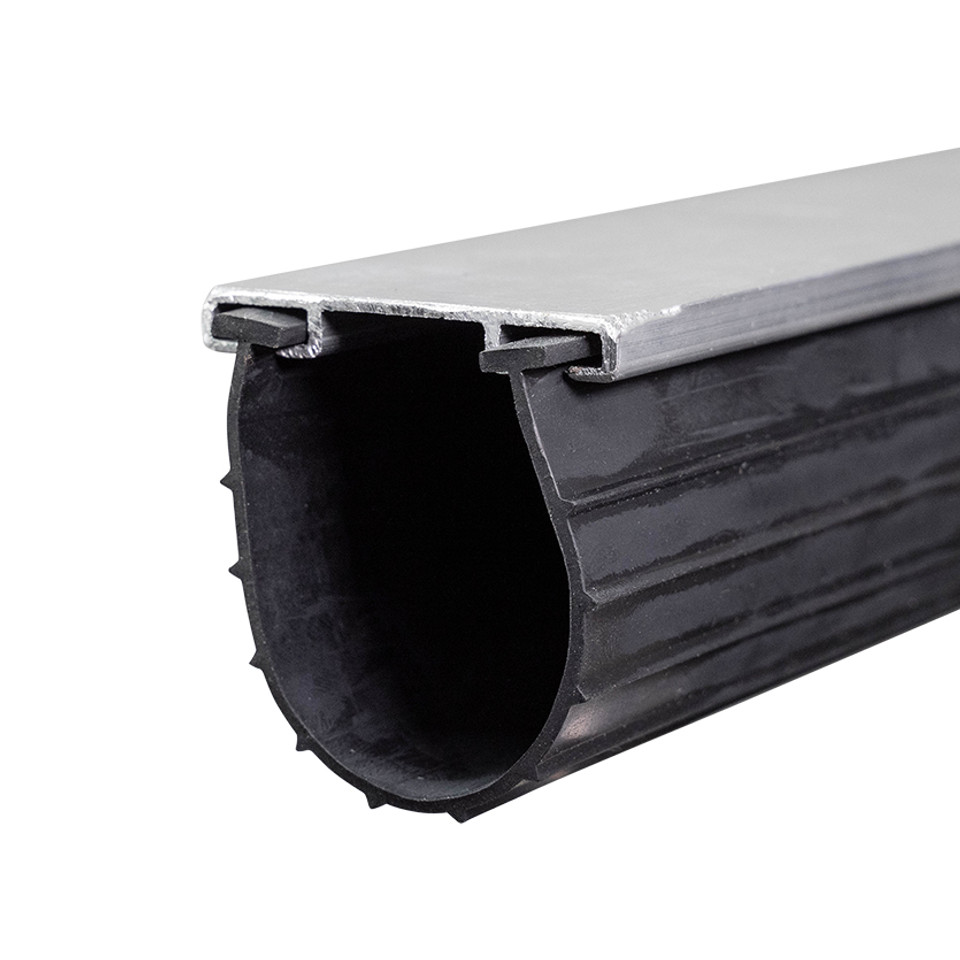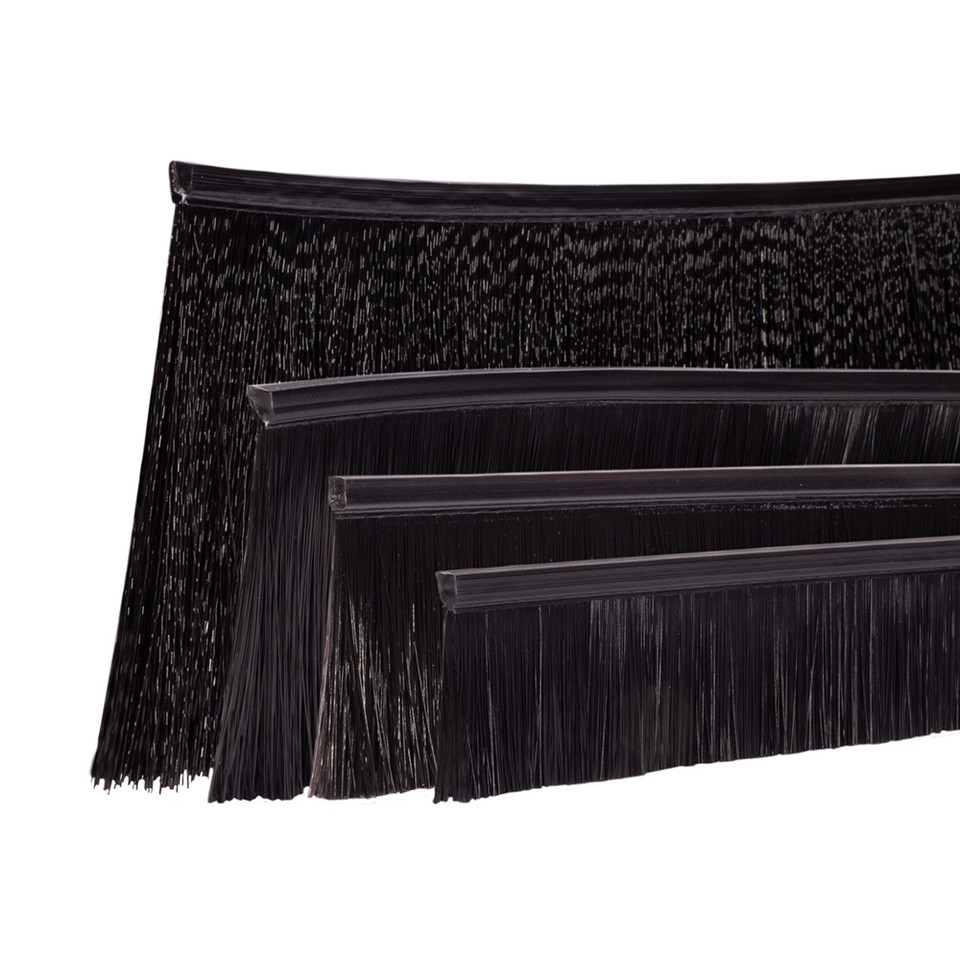Best Garage Door Seals for Uneven Floors
Posted by Charlene Pepiot on 20th Nov 2024
When your garage door sits atop uneven flooring, it can be tricky to find the right weather seal when there’s hundreds of types on the market. Luckily, our experts have decades of industry experience and have the know-how to help you find the perfect weatherstripping for uneven floors. Read on to learn not just the best type of seal, but the ideal material and size too.
Why Do Garage Doors Need Weather Seals?
Even when closed, garage doors have small openings that pests, debris, the elements, and air can get through to wreak havoc on your property. Uneven garage floors exasperate this issue and are often the result of poor concrete settling, and damage like chips and cracks —which can’t be easily fixed. Weather seals are an inexpensive fix and seal off gaps by creating a tight seal between your garage and the outside world. The seal reduces pollution and wildfire smoke from getting inside in areas with poor air quality.
What Are the Best Garage Door Seals for Uneven Surfaces?
The best garage door weather seals for uneven flooring depend on the size and the material used. Uneven floors often require larger weatherstripping than the typical 3" seal commonly used for garage door installations.
What is the Best Seal Size for Uneven Floors?
When it comes to size, typically:
- A 1" gap requires a 4" bottom seal.
- A 2" gap requires a 6" bottom seal. (We recommend the Giant Garage Door Bottom Weather Seal Replacement Kit for extremely uneven concrete)
- Larger gaps require a 7" or 9" bottom seal, or you could use an oversized 4, 5, or 6" brush seal.
What is the Best Seal Material for Uneven Floors?
There are multiple materials used for weather seals, but those with rubber are the best for filling in uneven gaps due to their flexibility and U-shape design that can seal off any gaps.

EPDM (ethylene propylene diene monomer) seals are a premium form of rubber that is ultra-durable with a temperature range of -50 to 300 degrees Fahrenheit. It is also low maintenance and has an excellent rating in weather resistance, ozone resistance, and heat resistance while holding its shape over time.

Brush seals are another great option because of the barrier the bristles create when they spread upon the door closing. Brush bristles do not retain water and won’t freeze at sub-zero temperatures, which offers additional protection. The bristles are wrapped around a sturdy steel rod to prevent pull-out and ensure a long-lasting quality seal. Brush seals are also easy to install for DIY home improvements and fit most existing standard aluminum retainers. If you have no retainer don’t worry, as we supply brush seal kits that include everything needed for installation, including the retainer.

We also offer Flex Brush as a convenient, money-saving alternative to traditional metal-back brush seals if you need protection on a budget. Flex Brush is offered in multiple sizes and won’t rust as an additional bonus.
Weather Seal Life Expectancy and Upkeep?
Weather seals are a vital safety net for garage doors and other entry points, so it’s crucial to replace old seals to ensure you are getting maximum protection. When to replace your seal can depend on multiple factors, such as the climate and how often your door is used.
EPDM Rubber Seals
EPDM rubber seals can last around 10 years, and potentially more in favorable environments. If you notice daylight through the seal or any cracks, missing pieces, or water leakage, it is a good idea to invest in a seal replacement. To check possible wear and tear, it is recommended that you inspect your seal at least once a year to check for any issues, so you can replace your seal and maintain full protection.
Brush Seal
Typically, a brush seal can last around five years, though some can function adequately for up to ten in generous conditions. Look out for signs of wear, such as the bristles being worn, falling out, or there being a lack of consistency in the seal across the entire door’s platform. Potential draughts can be detected by taping a paper slip around the sides or top of the door and watching for movement. If the paper moves, then air is entering through the seal. Inspecting the door after rain to spot potential liquid that leaked through will also indicate damage.
Need more help finding the best seal for your door?
Still not sure which weather seal is best for you? Our in-house experts will be glad to answer your brush seal and vinyl seal questions. Get in touch with our support crew:
- Call: 800-783-6112
- Email: support@northshorecommercialdoor.com
